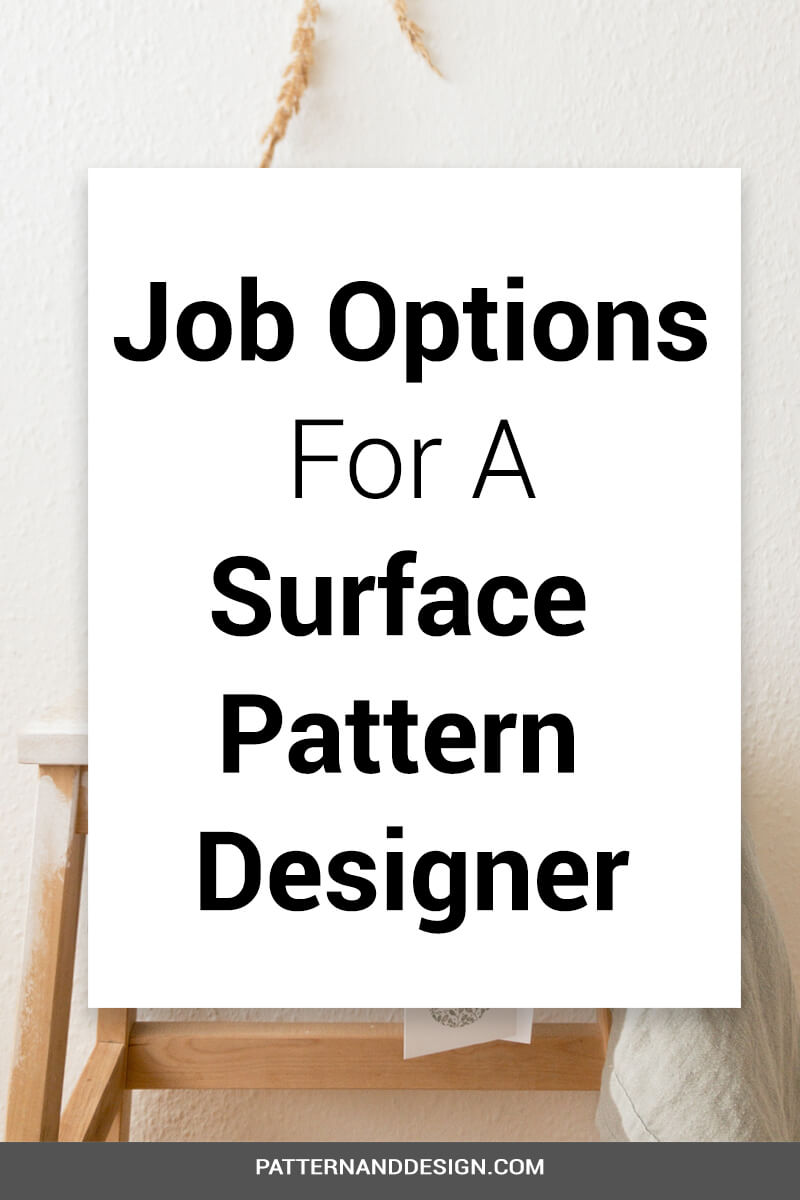learn about all things surface pattern design including the creative design process, being a successful creative entrepreneur & stepping into the mindset of a successful designer
welcome to the pattern design blog
blog
The
Categories
Popular
Jobs of a Surface Pattern Designer
If you have a love of print and pattern design then you probably dream of having a career as a surface pattern designer. How you fit into the industry will depend on your goals. Do you want to work autonomously or would you prefer a regular paycheck? There are lots of different options and what you choose will depend on your experience, your dreams and goals as well as your current work/life situation. Let’s have a look at some of the possible jobs of a surface pattern designer for you to consider.
Jobs of a Surface Pattern Designer
Full Time/Part Time Employee
Working as a surface pattern employee will require you to usually report to a design manager or product developer/buyer. Your role is to ensure that your designs encapture the creative vision of the company. You need to be able to adapt your personal design style to the signature brand style. The bonus of working as an employee is that you will get a regular paycheck however the amount of creative freedom in your designing will depend on the company you work for. Also, companies seeking surface pattern and textile design employees will often ask for tertiary qualifications.
Freelance Design
As a textile designer you have the option of becoming a freelance or self-employed designer. Freelance design will usually entail designing from a set brief that a client gives you. This means that you need to be able to be adaptable in your design style so that you can design to fit any brief given. Working directly with a client means that you will be in total control of what you charge each client but as you are not working for a company or are not being represented by an agent or studio, you will need to build your own list of clients.
Agent
As a freelance designer, surface pattern designers often engage with an agent to sell their work on behalf of them. The agent will take a commission for each sale made (this will vary from agent to agent). It’s important if you are going to work with an agent that you find someone who is a good fit for you. For example, if your strength is creating designs for fabric lengths for apparel or homewares it would not be the best move to have an agent who specialises in illustrative work.
Although agents do take a commission for every sale made, they will usually have a broad clientele base which will enable you to have more options to sell your work. They will also often exhibit at the major trade shows such as Surtex and Blueprint. Another benefit of having an agent is they will manage all of the financial aspects so you can concentrate on designing.
Licensing
Licensing your pattern designs will mean that you will retain the copyright for your designs. You can set up contracts to allow clients to use your artwork for a specific time period, product and/or geographic location. You will need to make sure you have clear guidelines for the terms and usage of the design in a licensing agreement. Usually, the designer will receive a flat fee (or an advance against the royalties) as well as a percentage from the sales. You can choose to license your design exclusively to a particular market or product or non-exclusively which will allow you to license the same design to different markets at the same time. At the end of the licensing period, your client will no longer be legally able to use your design and you will be able to license it to another client.
Designer/Maker
You might have the creative vision of wanting to bring your designs to life in the form of a product. This would allow you to have complete creative control from initial concept right through to the manufacturing of your design onto a product. This is an exciting process but will require you to have lots of different hats on. The design process will become only a small portion of your job. Unless you hire someone else to help you, you will also be in charge of manufacturing, developing, shipping and marketing just to name a few jobs. You will also need to make sure that your product is viable in the marketplace so that your product has the potential for success.
Design Studio
Design studios sell designs to clients such as retailers and manufacturers who buy the designs to use within their product ranges. Each design studio will have their own way of working. If you are an in-house designer you will be required to work in the design studio and will usually have targets for the number of designs you are expected to complete per week. If you are a freelance designer working for a studio, you will work at home and will be given set briefs to work with. You can usually let the studio know how much or little work you are available to complete per week.
There are pros and cons to the different ways of working, for example, some people will find working from home difficult as you need to be self-disciplined and motivated while others will find it liberating. Have a look at the different options and see which one suits you best.

Want to create another revenue stream by turning your art into surface pattern designs?
Get the free guide
Get my FREE Surface Pattern Design Starter Guide